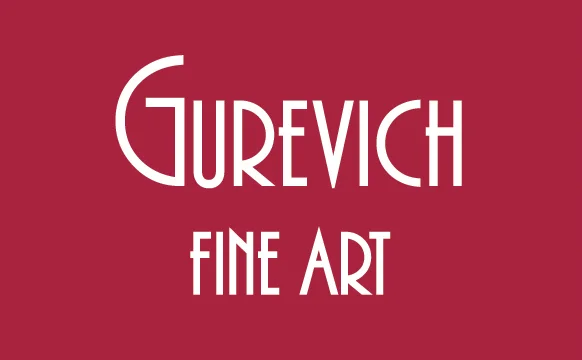The environment, the topographical view, is more often than not seen through the filter of a camera, a postcard or a window. Fields of grain, bodies of water and the movement of the sun are taken for granted in their constancy. The intense energy, color and immensity of nature are sometimes expressed more poignantly in a painting than can be seen by the naked eye. Picks From the Rabbit Hole is a collection of work based on artist Bill Lobchuk’s interpretations on the Canadian landscape and reflections on the impermanence of a place.
Living within the rural landscape has been a large part of Lobchuk’s life from childhood and throughout adulthood. His talent for drawing was encouraged by elementary school teachers and nurtured while attending the University of Manitoba’s School of Art. Lobchuk studied during a time when environmental or prairie motifs were not considered serious art compared to the status held by the American movements in minimalism and abstract painting.
He and his fellow students rebelled against the oligarchy of US curators and critics in Canada by focusing on subjects closer to home. Lobchuk primarily worked in printmaking throughout his career, founding the Grand Western Canadian Screen shop in 1968 and working as a national representative (and later elected director) of CARFAC. Lobchuk worked to represent the styles and artists coming out of central and western Canada and keep institutions and projects within Winnipeg.
Throughout the works in Picks From the Rabbit Hole there is an underlying commentary on endangered environments. One recalls the landscapes made famous by Canada’s revered Group of Seven and their portrayal of the wild new world as bold and monolithic. Similarly striking images appear in Lobchuk’s work but the cultural relationship to the environment has vastly changed since the last century. The paintings are memorials to icons of a country – its trees and lakes, agriculture and industry – that are constantly threatened. Nature is no longer a force to be endured but one that requires protecting.
Lobchuk is attracted to elements of nature he perceives as endangered. During his journeys to British Colombia he takes back roads and follows railway lines to photograph sources for his paintings. Grain elevators and silo’s built in the last century are on their last legs; pretty soon they will be torn down and replaced. In contrast to this fact their presence in Lobchuk’s work is monumental: the scene depicted in the painting may appear bucolic but in reality it is tenuous and will only exist for a short while longer. His interest in painting tropical birds and sketches of landmark Winnipeg buildings and neighbourhoods are also informed by the desire to create a memento of things that are sentimental, beautiful or inspiring but threatened. These paintings are likely to survive longer than many buildings in Winnipeg.

